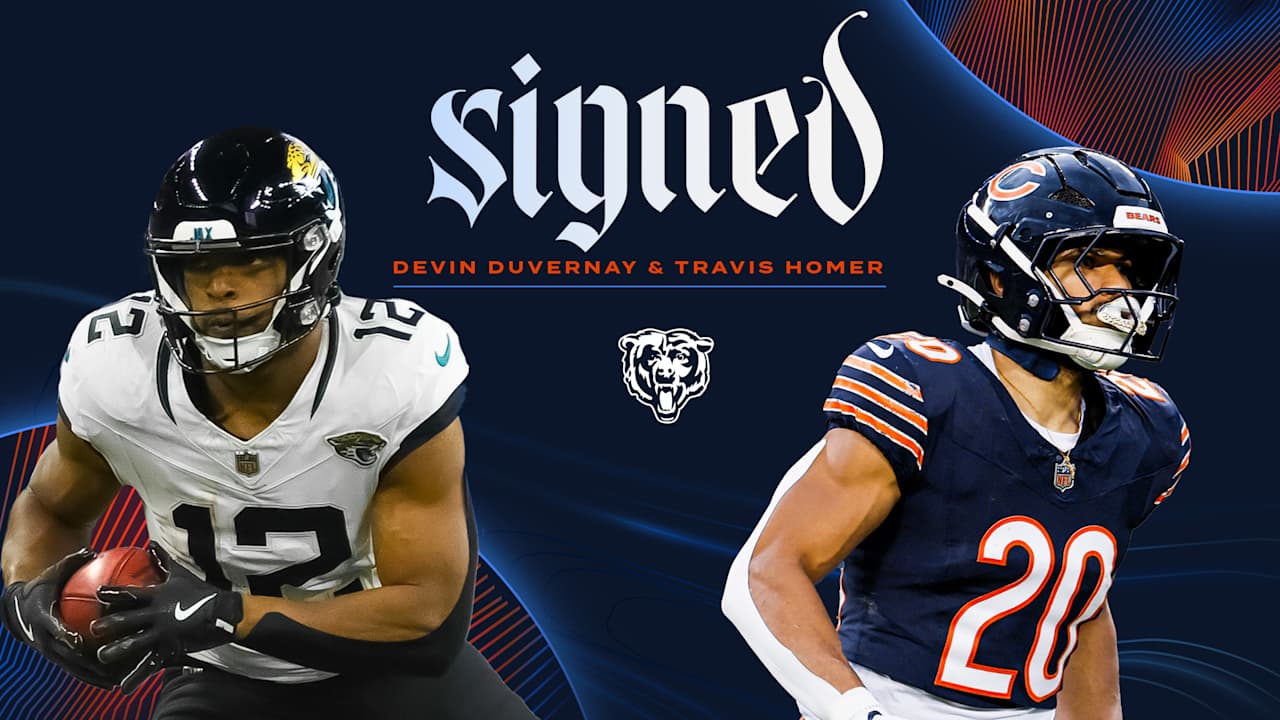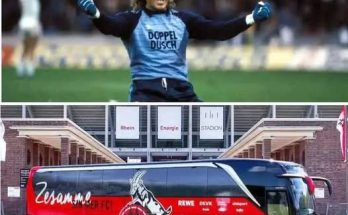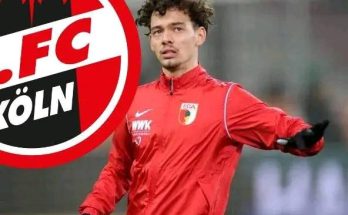The Bears re-sign running back Travis Homer and add Devin Duvernay, a former Ravens All-Pro return specialist.
The Chicago Bears’ decision to re-sign running back Travis Homer and add wide receiver/return specialist Devin Duvernay is a notable one, showing that the franchise is making strategic moves to strengthen their roster ahead of the 2025 NFL season. While the moves may not carry the same immediate excitement as a blockbuster trade or high-profile signing, they represent the team’s commitment to improving in key areas of need: running back depth, special teams, and return game. These two players bring a mix of experience, versatility, and skill that could be crucial in helping the Bears achieve their goals in the coming season.
Re-signing Travis Homer: Stability and Versatility in the Backfield
Travis Homer, a running back with a well-rounded skill set, was re-signed by the Bears after spending a significant part of the 2024 season with the team. While he may not be the headline-grabbing player in Chicago’s backfield, his ability to contribute in multiple aspects of the game makes him an invaluable asset to the Bears’ offense and special teams.
Background and Career
Homer was originally drafted by the Seattle Seahawks in the sixth round of the 2019 NFL Draft. He spent the majority of his first few seasons in Seattle, contributing primarily on special teams but also seeing some action as a running back. Homer’s best season came in 2021, where he had his most significant offensive workload, rushing for 128 yards and one touchdown while also adding 105 receiving yards. However, it was his work on special teams that truly defined his career in Seattle. Homer served as a key member of the Seahawks’ coverage units and as a punt returner.
His special teams prowess and reliability as a reserve running back were enough to catch the attention of the Bears’ front office, leading to his signing in 2024. Although he didn’t have a breakout season offensively, his presence provided valuable depth behind star running back Khalil Herbert and helped stabilize the running back group.
Why the Bears Re-signed Homer
The decision to re-sign Travis Homer reflects the Bears’ focus on creating a solid foundation for their offense, one that prioritizes both depth and versatility. Homer is unlikely to be a feature back but has proven himself to be a capable complementary option. His ability to contribute in both the running and passing game—combined with his special teams expertise—gives the Bears flexibility in a variety of situations. Having a player like Homer on the roster also provides peace of mind in case of injury, as he can step in and perform at a high level if needed.
Additionally, Homer’s re-signing offers stability for the Bears’ special teams unit, which has been a key focus for the franchise in recent years. As a reliable and experienced special teams player, Homer’s presence ensures that the Bears will continue to have a dependable performer in coverage units, helping the team win the hidden yards that are so crucial to winning games.
While some may argue that the Bears could have explored other options for a third-string running back, Homer’s familiarity with the system and his leadership in the locker room were likely factors that influenced the decision to bring him back. His continuity with the team and commitment to the franchise make him an ideal player to keep in the fold.
Homer’s Role in the Bears’ Offense and Special Teams
Looking ahead, Travis Homer’s role in the 2025 season will likely be a mix of contributing on special teams and providing depth behind the top two running backs, Herbert and potentially another addition through the draft or free agency. He is unlikely to receive many carries unless there is an injury or a specific game situation calls for it. However, Homer’s experience and his ability to catch passes out of the backfield make him a reliable option for offensive coordinator Luke Getsy.
On special teams, Homer will continue to be a key figure for the Bears. His prior success as a punt and kick returner could be especially valuable, as the team looks to improve in the return game. His presence as a coverage player will also be critical for the Bears’ special teams unit, ensuring that the team has a reliable and experienced option to cover kicks and punts.
Ultimately, Homer is not a player that will dominate the headlines, but his re-signing ensures that the Bears maintain a well-rounded, dependable roster. His versatility, special teams ability, and solid running back skills are valuable assets for the Bears as they look to make progress in the NFC North.
Adding Devin Duvernay: A Game-Changer in the Return Game
One of the more intriguing moves the Bears made this offseason was signing Devin Duvernay, a former All-Pro return specialist with the Baltimore Ravens. While Duvernay has been primarily known for his role as a returner, his potential as a wide receiver also makes him an exciting addition to the Bears’ roster.
Background and Career
Devin Duvernay entered the NFL as a third-round pick of the Baltimore Ravens in 2020, having played his college football at the University of Texas. Duvernay’s collegiate career showcased his exceptional speed and playmaking ability, which translated well to the professional level. Although he has not had a significant role as a wide receiver in the Ravens’ offense, he has made a name for himself on special teams.
Duvernay’s most notable achievement came in 2021, when he earned an All-Pro selection as a return specialist. He led the NFL in both punt return yards (400) and punt return average (14.3 yards per return), earning recognition for his ability to flip the field and create explosive plays in the return game. His performance on special teams was a major factor in his rise to prominence and helped establish his reputation as one of the league’s premier return men.
However, Duvernay’s offensive production has been somewhat limited, primarily due to the Ravens’ run-heavy offense and his role as a secondary target in the passing game. Despite this, Duvernay has still managed to showcase his skill set with occasional explosive plays. He has 78 career receptions for 824 yards and three touchdowns, averaging a respectable 10.6 yards per reception.
Why the Bears Signed Duvernay
The signing of Duvernay represents a clear attempt by the Bears to address their needs on special teams. Chicago has had struggles in recent seasons in the return game, and adding an experienced, All-Pro caliber returner like Duvernay could significantly improve the team’s field position. Special teams often play a crucial role in determining the outcome of games, and Duvernay’s proven ability to generate big plays could have a substantial impact on the Bears’ success in the upcoming season.
Additionally, Duvernay’s signing could give the Bears’ offense an extra layer of explosiveness. While Duvernay has not been a primary receiving target in Baltimore, he possesses the speed, hands, and playmaking ability to contribute as a deep threat or gadget player. His speed makes him a dangerous weapon on quick slants, crossing routes, or even trick plays. In offensive coordinator Luke Getsy’s system, Duvernay could be utilized in creative ways to stretch defenses and create mismatches.
While Duvernay is not expected to be a primary weapon in the passing game, his dual-threat capabilities—both as a returner and a receiver—make him an enticing addition. His presence on offense could help open up opportunities for other players, especially if his speed and agility force defenses to account for him in various ways.
Duvernay’s Role in the Bears’ Offense and Special Teams
On special teams, Devin Duvernay will likely take over as the team’s primary return specialist, both on punt and kick returns. His ability to turn mundane returns into game-changing plays is a skill that cannot be overlooked, especially in tight games where field position is critical. Duvernay’s explosive speed and agility give him the potential to take any return to the house, a threat that can energize the team and put pressure on opponents.
In terms of the offense, Duvernay’s role may be more limited but still important. He could be used as a deep threat or on designed plays to take advantage of his speed. Additionally, his experience in the league and knowledge of how to operate within a run-heavy offense should make him a useful piece in the Bears’ game planning. Duvernay may not be a high-volume receiver, but his ability to contribute in spurts could open up additional opportunities for other players, especially if defenses focus too much on stopping him.
A New Era for Special Teams and Offensive Depth
The additions of Travis Homer and Devin Duvernay indicate a strong focus on building a balanced, well-rounded roster for the 2025 NFL season. The Bears have long struggled with special teams and depth in the backfield, and these two moves address both areas. Homer offers stability and depth in the running back room and special teams coverage, while Duvernay provides a dynamic, explosive weapon on special teams with the potential to make plays in the passing game as well.
The re-signing of Homer and the acquisition of Duvernay should be viewed as part of the Bears’ broader strategy to improve both sides of the ball and special teams. While neither move is likely to steal the spotlight or generate headlines like major free-agent signings, both players are the type of underrated additions that can make a significant impact on a team’s success over the course of a season.
By continuing to strengthen areas of need, the Bears are positioning themselves to be more competitive in the NFC North and beyond. Whether it’s through a deeper running back room, a more reliable special teams unit, or an offense with more versatility, the decisions made this offseason could pay off in unexpected ways.
In conclusion, the re-signing of Travis Homer and the addition of Devin Duvernay give the Bears much-needed depth, stability, and explosiveness in key areas. While the moves may not carry the same immediate excitement as other big-name signings, they are part of a well-thought-out approach to building a team capable of competing at a higher level in 2025.



